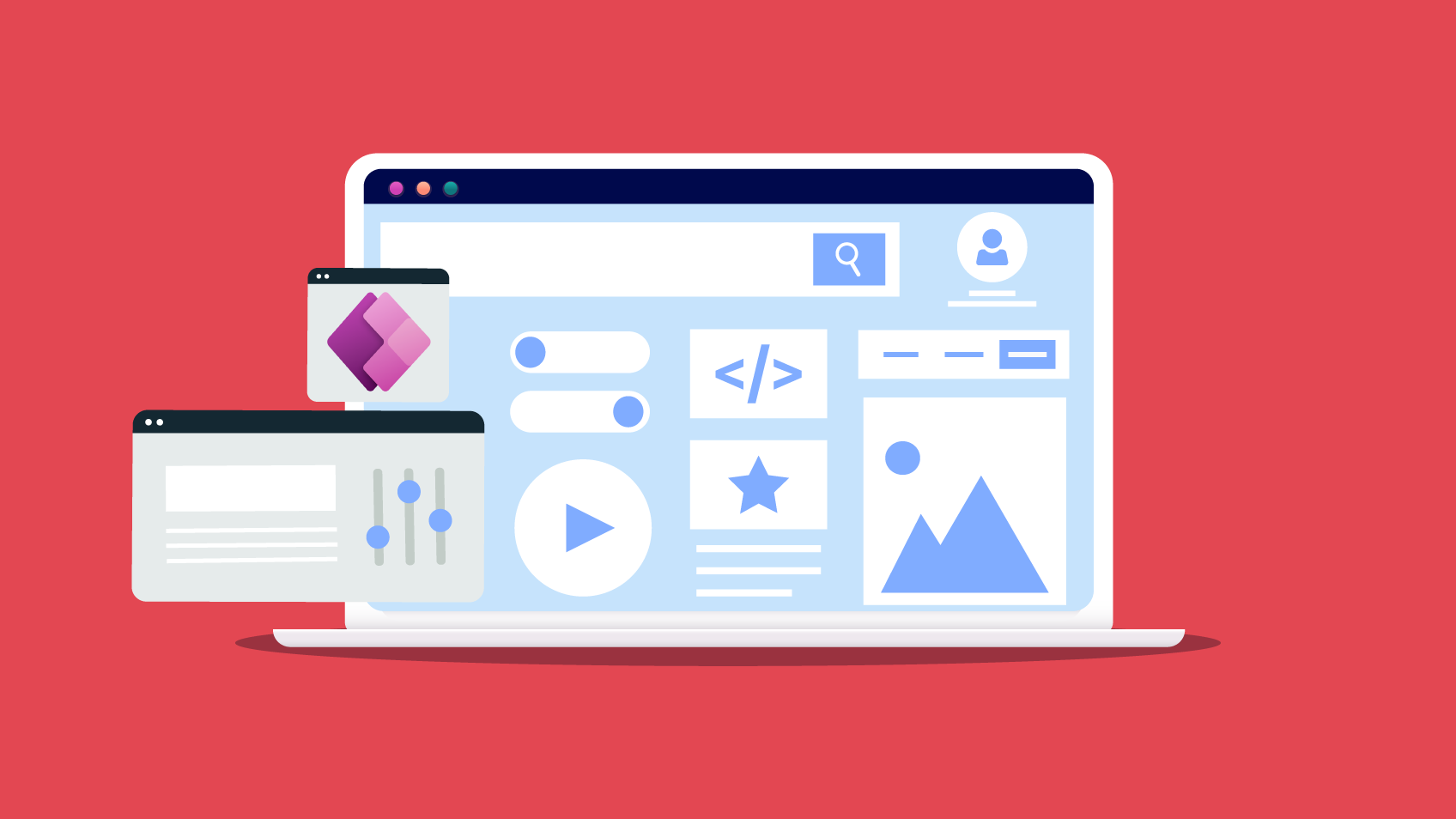Data Science is the future, and the future is here.
We’re in 2021, and the future is already here. We aren’t seeing cars flying everywhere yet, and Elon Musk hasn’t sent people to Mars, but we can already buy a robot to clean our house, we all have a supercomputer in our pocket, and, according to The Economist, the world’s most important resource is no longer oil, but data.
Data-driven companies use large amounts of data behind the scenes to improve decision making, predict market trends, and increase overall customer experience by personalising their products accordingly. The increasing use of smartphones and the rise of the Internet of Things generate inconceivable amounts of data every day, and recent studies predict that the world will store 200 zettabytes of data by 2025. Data science is capable of extracting knowledge and providing deeper insight on customer preferences from these large datasets, through statistics and in-depth analysis.
Data science can be extended to multiple fields, as it uses mathematical techniques and theories as well as computer science processes and algorithms to understand and extract meaningful information from different types of data (tabular, text, time-series, images, and much more). Data science covers numerous areas such as statistics, machine learning, programming, analytics and data visualisation. Data scientists should master these areas and develop statistical models that detect patterns and trends in large volumes of data. They can be considered storytellers who present data insights to decision-makers in an understandable way.
How does it work? What types of problem can it solve?
Historians say that it is important to study the past in order not to repeat the same mistakes in the future. In most cases, data science tries to apply that idea, it makes use of historical data to predict or analyse future similar outcomes using probabilities and statistics. Complex algorithms take advantage of accumulated data to find meaningful patterns and behaviours, which can later be applied to predict values or events.
We can find data science applications in pretty much every industry, from grocery shop stock management to competitive sports analyses. Although there are many more data science applications, most use cases are included in one of the commonest problem types listed below:
- Classification is used when we need to predict a given data point’s category or label. Social media is increasingly used to spread fake news, and classification algorithms are being developed to detect these posts as soon as possible. They can be used to automatically detect spam messages or analyse customer sentiments based on his product reviews, detecting the category of his opinion as either good, bad, angry, happy, etc. Automating processes like those make the acquisition of useful information faster, ultimately reducing time to market.
- Anomaly detection, as the name suggests, has the goal of identifying values outside the ordinary. One of the biggest challenges in the finance industry is the fight against fraud. Fraudulent transactions, phishing scams and anomalous transactions are some of the irregularities that can be detected. We’re witnessing the fourth industrial revolution, the rise of digital industrial technology. One application of data science in industry 4.0 is the early anomaly detection in manufacturing machines, which can have a huge impact on the deterioration detection, preventing major part failures and decreasing unplanned downtime costs.
- Forecast approaches can tell us when or how an event is likely to occur. Data Science is being applied to healthcare and it is helping professionals save lives during pandemic times, either by forecasting the next spike or predicting the length of patient hospitalisation. Some football teams are using data science to win games; they try to predict player performances and market values. Liverpool Football Club data scientists analysed thousands of games to predict which areas of the pitch are best to use at any time. Another area where forecasts can have a huge impact is the evolution of the client-company relationship. A good example here is the customer churn rate prediction that our last blog post discusses in greater detail.
- ‘You may also like’ sections in online shops or movies services are built using recommendation systems. Netflix has a large dataset containing user interactions such as what time of the day customers watch, how long for, and on what device, as well as film trends, most-watched actors and much more. Using this data, they estimate the films or shows of the greatest interest to every user, making their product highly personalised. These recommendation systems are being used in social media too, finding the most likely users or pages to be connected.
- Technology is evolving rapidly, and every day more and more expansive computations can be done, and with this comes the ability to develop greater and more complex models and algorithms. Recognition is a futuristic application of data science that we already have around us, with techniques existing for extracting meaningful information from images or sounds. We can unlock our phones using the camera or generate a transcript of a chat. Let’s be honest, for the laziest of us, telling Alexa to turn on the lights always feels stylish.
What is the Xpand IT Data Science framework?
At Xpand IT we defined our data science process that aims to mitigate the natural uncertainty of data science projects with a structured approach based on agile methodologies (specifically Scrum and our own development framework XPAGILE). This way we can approach these projects in an agile way without losing focus on what matters the most: delivering quality results on time.
As data scientists ourselves, we developed this process so we would not lose any of the steps we deem fundamental, while being able to execute and improve the your vision. Some of the advantages the framework ensures for your solutions:
- Risk reduction: expert knowledge and best practices are applied from day one, besides being a phase-based approach, we go as far as possible.
- Maximizing obtained value: we identify the problem from day one, guaranty the goal relevance, and adjust it on every iteration.
- Viable solution: we check if the final solution is viable, the project productization ensures that it wasn’t just another experiment, but the problem’s solution.
- Project specificity: we assure each and every project’s quality without falling into the trap of “one solution fits all”.
Final remarks
Data Science can be applied to a wide range of businesses, and it is not easy to define the main advantages for all use cases. Since every case is unique, it is vital to evaluate the specific problem and then identify the best scenario opportunities. The main goal of this post is to show the reader examples of real data science applications and demystify its usage.
Our Data Science unit is ready to help you in any unique use case, and our goal is to deliver value throughout lifecycle of the project, while focusing on understanding your business and helping you to create and deploy the required technology.

Data Scientist – Xpand IT














